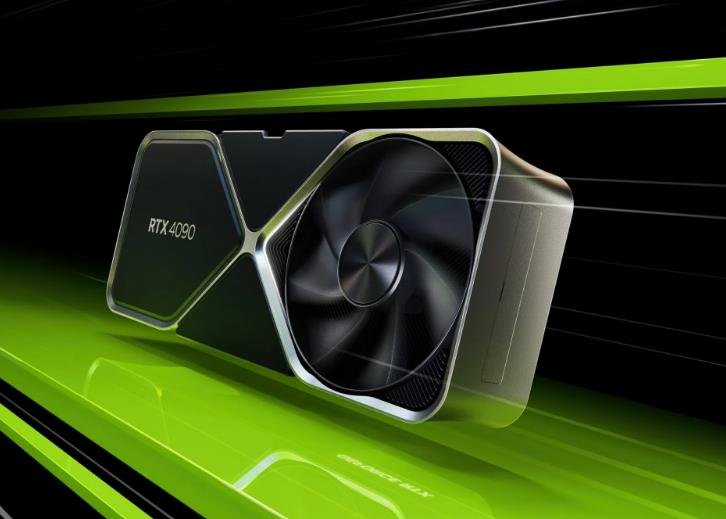Nvidia, originally known for its high-performance graphics cards, has successfully transformed into a leading player in the artificial intelligence (AI) industry. This strategic pivot has positioned Nvidia at the forefront of the AI revolution, enabling the company to dominate the market for AI chips. By leveraging its expertise in graphics processing units (GPUs), Nvidia has developed cutting-edge technologies that power a wide range of AI applications, from supercomputers to autonomous vehicles.
Nvidia’s journey began in 1993 when it was founded by Jensen Huang, Chris Malachowsky, and Curtis Priem. Initially, the company focused on creating GPUs to enhance graphics for video games. The introduction of the GeForce 256 in 1999 marked a significant milestone, as it was the world’s first GPU designed to handle complex graphics processing tasks. This innovation revolutionized the gaming industry and established Nvidia as a leader in the field.
However, Nvidia’s ambitions extended beyond gaming. In the mid-2000s, the company recognized the potential of its GPUs for parallel processing, a capability crucial for AI and machine learning. This realization led to the development of CUDA, a parallel computing platform and programming model that allowed developers to harness the power of GPUs for general-purpose computing. This strategic move laid the foundation for Nvidia’s future success in the AI industry.

Strategic Investments and Innovations
Nvidia’s pivot to AI was marked by significant investments in research and development. The company focused on creating specialized AI chips that could handle the demanding computational requirements of machine learning algorithms. The introduction of the Tesla GPU in 2007 was a game-changer, as it provided the necessary computational power for AI research and development. This innovation opened new avenues for Nvidia, allowing it to cater to the growing demand for AI solutions.
One of Nvidia’s key strategies was to collaborate with leading technology companies and research institutions. Partnerships with organizations like Google, Microsoft, and Stanford University enabled Nvidia to stay at the cutting edge of AI research. These collaborations not only enhanced Nvidia’s technological capabilities but also expanded its market reach. By working closely with industry leaders, Nvidia was able to develop AI solutions that addressed real-world challenges and delivered tangible benefits.
Nvidia’s commitment to innovation is evident in its continuous development of advanced AI chips. The introduction of the Volta architecture in 2017 and the subsequent launch of the A100 Tensor Core GPU in 2020 set new benchmarks for AI performance. These chips, designed specifically for AI workloads, have become the backbone of many AI applications, including natural language processing, computer vision, and autonomous driving.
Dominance in the AI Market
Today, Nvidia is a dominant force in the AI market, with its GPUs powering a wide range of applications. The company’s AI chips are integral to the functioning of supercomputers, data centers, and AI-driven technologies. Nvidia’s GPUs are used in training large-scale AI models, such as OpenAI’s GPT-3 and Google’s BERT, which have revolutionized natural language processing and other AI fields.
Nvidia’s success in the AI market can be attributed to its ability to anticipate industry trends and adapt its technologies accordingly. The company’s focus on developing AI-specific hardware and software solutions has given it a competitive edge. Nvidia’s GPUs are not only powerful but also energy-efficient, making them ideal for large-scale AI deployments. This combination of performance and efficiency has made Nvidia the go-to choice for many AI researchers and developers.
Looking ahead, Nvidia continues to push the boundaries of AI technology. The company’s recent acquisition of Arm Holdings, a leading semiconductor and software design company, is expected to further strengthen its position in the AI market. By integrating Arm’s expertise in low-power computing with its own AI capabilities, Nvidia aims to create a new generation of AI chips that will drive innovation across various industries.








